Art & Culture
Himachal’s researcher proves traditional Mandiyali dham a satvik & complete food, contains all 6 rasa defined in Ayurveda
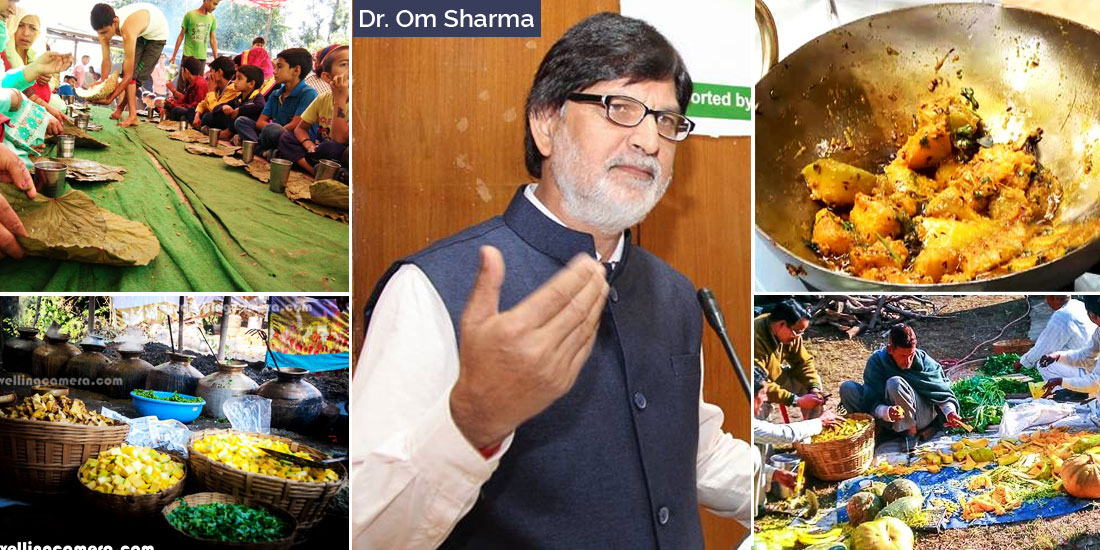
SHIMLA– Delicious Mandiyali dham – a traditional feast of Mandi district in Himachal Pradesh has been assessed by a Himachal researcher as a complete food from Ayurvedic perspective. A team headed by Dr. Om Sharam at the Regional Ayurveda Research Institute for Nutritional Disorders, Mandi spent about six years to study Mandiyali dham. Dr.Sharma, who is also Assistant Director-cum-in charge at the institute, assessed everything from methods of cooking, nutritional values, medical properties of ingredients, serving style, season, geographical and climatic characteristics to Ayurvedic benefits. He also published a research article in the February edition of the International Journal of Advance Research under title “Dham (Traditional Feast of Mandi in Himachal Pradesh) a Complete Food with Ayurveda Perspective.”
Dr.Sharma, a native of Banrotu, Mandi, said he will file a patent for the dham in order to preserve its importance in times when traditional values are vanishing into urbanization. The patent of Himachal’s traditional dham will include every step followed from preparation, exact quantity used to properties of each individual ingredient.
Recently, Dr. Sharma, was joined by a botanist, Deepshika Arya, and four research officers, namely Vineeta Negi (Kinnaur), Vikas Nariyal (Kangra), Prashant Shinde (Maharashtra),Deepshika Arya (Haldwani), and Sumeet Goel( Haldwani).
What Makes Mandi Dham a Complete Food?
Other than carefully going through the research article, Himachal Watcher talked to Dr. Sharma to know more about their motivation behind carrying out this extensive study to establish correlation between ancient knowledge of Ayurveda and tradition of dham.
He told HW that while onion and garlic are central to contemporary food, Mandi’s dham doesn’t use either of them, at all. That makes the dham a ‘satvik bhojan’.
Dr. explained that Ahar (food) holds an immense importance in Ayurveda.
As per Ayurveda, a good diet consist of six rasa when taken in a proper sequence starting from Madhura (food sweet), followed by Amla, Lavana, Katu, Tiktaand Kashaya. As per the study, traditional dham of Mandi is an example of food with all six rasa or complete food (shadrasaahara) when served in sequence.
As per the study, diet in Mandi dham also considers influences of Mana (psychological factors) on digestion. As per Ayurveda, negative emotions can influence digestion of food. An individual afflicted with grief, fear, anger, sorrow, excessive sleep and vigil would not be able to digest even a complete diet properly. That is why the dham is served on festive occasions where people gather, sit on ground, and eat in uniform plates made of leaves.
Sequence of Serving
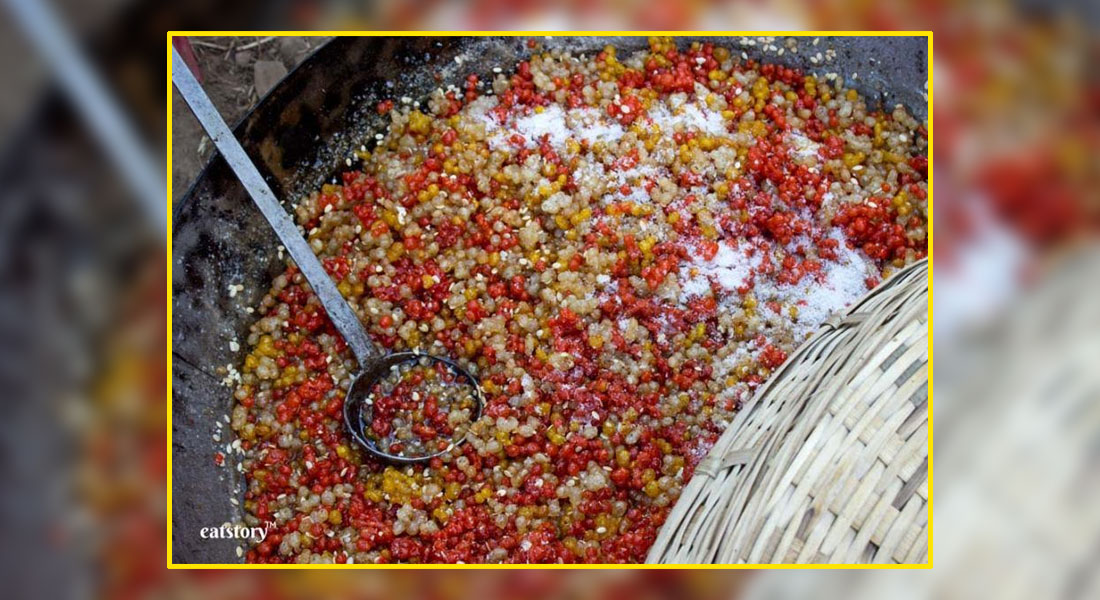
The food is served in bio-degradable plates made from leaves. The starters begins with madhur rasa (sweet dish), Boondi ka Meeta (chickpera floor dipped in sweet syrup along with dry fruits).
Sepu Badi, prepared from fresh spinach leaves and badi, comes next. In this dish badi is made from Masha (black lentil) and Chana (Bengal gram) that are deep fried with the gravy of coriander and spinach leaves. It provides a Madhura-Amla rasa (Sweet-Sour).
Sepu Badi is followed by Kadu ka Khatta that makes Amla-lavana Rasa (sour-salty). The dish is prepared from pumpkin and taste like a blend of sweet and sour.
Kol ka Khata (makushtabheda-Vigna aconitifolia) that is prepared from pulse called kol follows khatta. It’s sour and brings a grimace on face.
After Khatta comes Mah ki Daal (black tentrils). It is prepared with Fennel seeds, two three bay leaves, green Cardamoms, Black Cardamoms, small stick of Cinnamon, Clovers, Coriander seeds, Bay leaves, Curd, Spinach, pinch of Asafetida, red chili powder, coriander powder and turmeric powder. The dish makes tiktapradran (bitter dominant) dish.
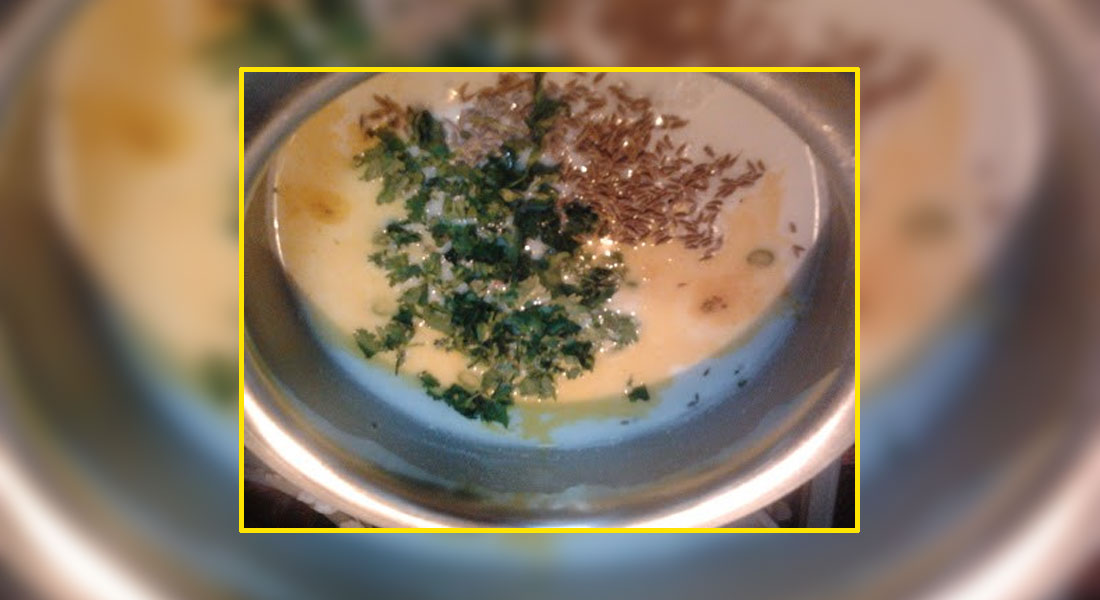 Jhol comes last in this sequence. It is prepared from curd and water in mud pot. Jhol is believed to help in digestion of food that is taken in dham. As per Ayurveda, itsrukhsaguna also help in cleansing of esophagus and gut from Ghrita rich food.
Jhol comes last in this sequence. It is prepared from curd and water in mud pot. Jhol is believed to help in digestion of food that is taken in dham. As per Ayurveda, itsrukhsaguna also help in cleansing of esophagus and gut from Ghrita rich food.
Eaten With only Hands
People eat with hands in traditional dham. A person eating with his hands knows the exact temperature of food before the morsel hits his mouth. It prevents blisters in mouth due to consumption of hot food, says the research article.
Medicinal Benefits
The dham is believed to be useful in throat problems, blood disorders, bronchitis, skin disease and liver or gall bladder related problems. Other than that, the diet boosts blood enrichment, help in treatment of ear infections and liver and spleen disorders. The diet also offers vitamins such as riboflavin, niacin, thiamine, folate and the Vitamin A precursor, β-carotene. Pumpkin contains potassium that is good for heart.
Natural Preservation
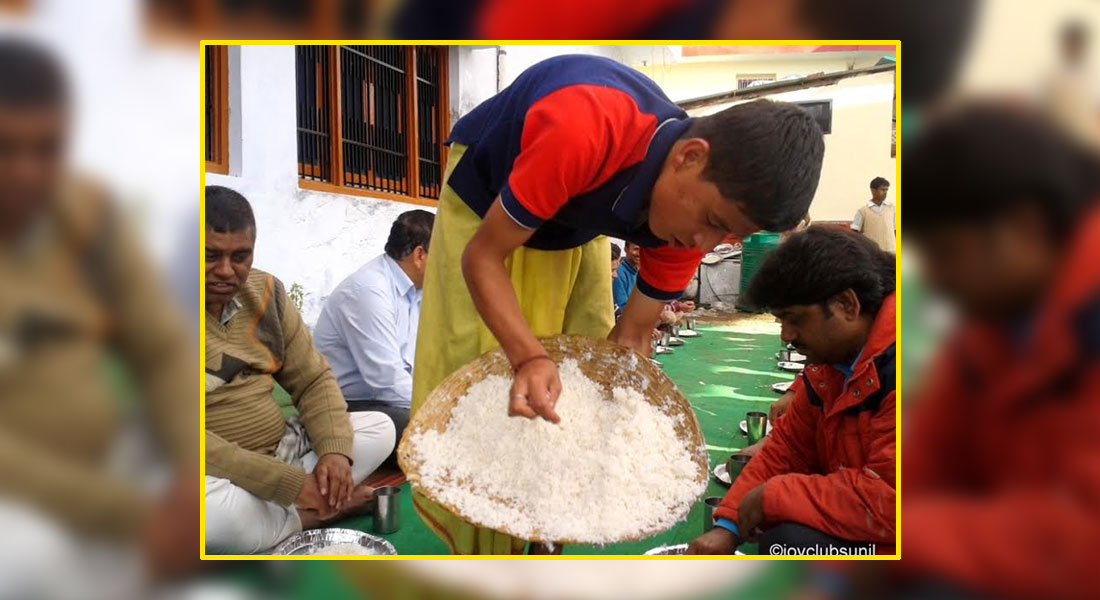
People use natural methods for preservation of main food including rice by drying in sun. Instead of chemical preservatives like sodium benzoate, people use rai as natural preservative. To preserve the pulses, people rub them with mustard oil. It protects them from pests and fungus. Smoke of red chilli is used to treat the vessels in which the pulses are stored.
Favorable Season
Winters are considered favorable season for serving dham as it is believed that digestive powers are higher during this time due to low temperatures.
Social Equality
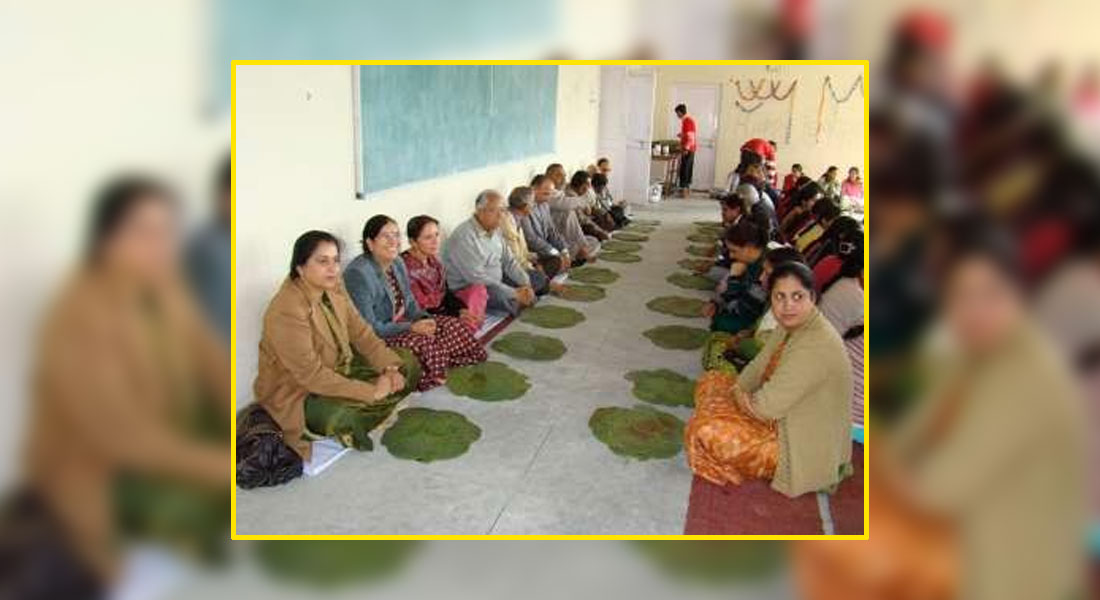
Unlike modern methods of serving food and eating at marriages, all people sit on ground and eat in one type of plate. It promotes message of equality and uniformity in the society, said the research article.
Eco-friendly and employment to traditional plate (pattal) makers
Dr. Sharma told Himachal Watcher that the traditional alternative to plastic plates used in dham is clean Taur –bauhinia vahli leaves. The leaves posses anti-microbial effect and antioxidant properties. Moreover, the leaves are 100 percent bio-degradable so no waste left behind.
Dr. Sharma and his team claims that the ingredients of traditional dham are not chosen haphazardly. Rather, its a proof that Himachal’s culture is also rich in terms of ancient wisdom. He stressed upon the need of conservation of this traditional feast as well as other traditions that are unique to pahari culture. He wants the dham to gain popularity so the people may understand the importance of traditional food, and the method of traditional preservation. He said he will continue to work on the research and will refine it.
He also expressed concern over adulteration of original tradition as some new dishes or ingredients are being included into dham by new generation. Changes or additions would prove detrimental to the benefits which traditionally made and served dham provides.
As popularly said in Ayurveda,
If one eats pathya(Proper food) then there is no need of medicine and if one don‟t eat pathya(takes improper diet) still there will be no need of medicine.
Art & Culture
Use Offerings Made at Himachal’s Hindu Religious Institutions Only For Hindus, Employ Only Hindus: HP Govt
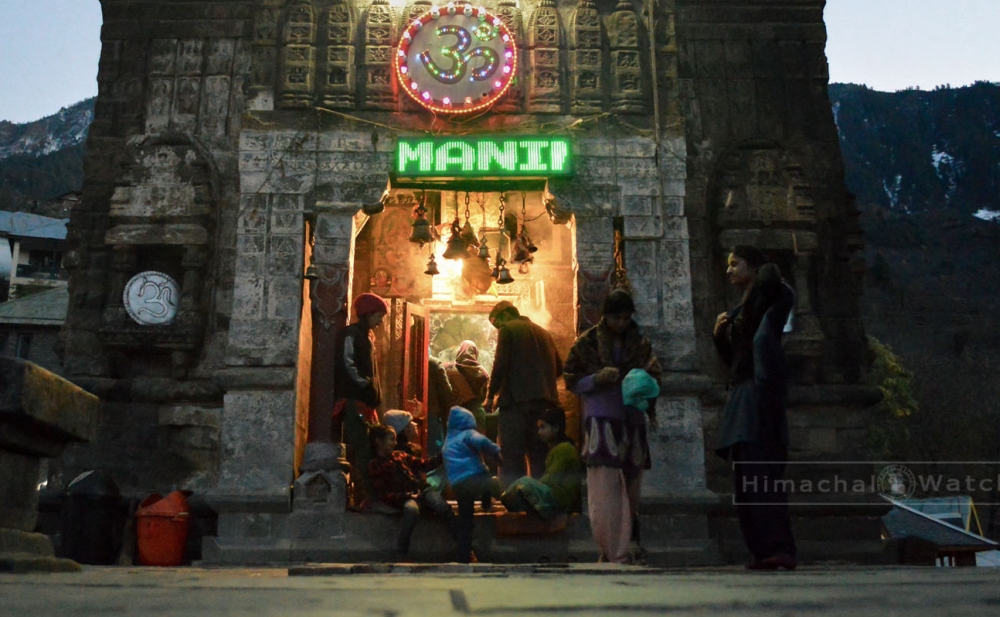
Shimla-The Additional Chief Secretary of the Himachal Pradesh Language, Art & Culture Department has issued a notification barring the use of offerings made at the Hindu religious places or institutions for non-Hindu Communities.
Directions in this regard have been issued to Commissioners (temple) under Section 27 of the Himachal Pradesh Hindu Public Religious Institutions and Charitable Endowments Act, 1984.
“All the receipts or offerings including gold and silver of the Hindu Public Religious Institutions and Charitable Endowments shall be used only for the purposes pertaining to the welfare and other activities relating to only Hindus. No receipts or offerings shall be used for the purposes associated with activities relating to Non-Hindus,” the notification said.
Further, now, no non-Hindu person would be given any sort of employment at the Hindu religious institutions/places.
“All the officers and officials including the personnel related to security etc. whether appointed or deputed or taken on outsourcing basis shall be out of the persons professing the Hindu religion only,” the notification said.
No further clarification was provided regarding the intended purpose of this move.
Art & Culture
Kullu Dussehra 2021: All Religious Ceremonies to be Allowed, But No Commercial and Cultural Events

Shimla-The International Kullu Dussehra would be organised from 15th October to 21st October, 2021, the Himachal Pradesh Government informed today after holding a meeting regarding the same.
The HP Government has decided that all deities would be invited for the Dussehra festival. Orgnaization of all religious ceremonies would be allowed traditionally, but the cultural and commercial activities would not be held.
Chief Minister Jai Ram Thakur presided over meeting of State Level Kullu Dussehra Committee. Directions were given to ensure proper security system, uninterrupted electricity supply and adherence of Covid-19 guidelines.
It was also decided in the meeting that Language, Art and Culture Department would provide an additional amount of Rs. 10 lakh to district administration Kullu for organising Kullu Dussehra festival.
Art & Culture
Wah Re Corona: Himachali Folk Artist’s Lyrical Satire is Factual Rendition of India’s Agonizing Catastrophe

Shimla-Otherwise blatantly vocal and distinctively mass-mobilizing government of India is suddenly in the most subdued self after its proclaimed victory over the deathly virus; participation in uncontrolled election rallies; and permitting maha melas. The stalwarts are in the hiding, while helpless citizens – who voted them into power not once but in landslide victories twice – are dying due to lack of oxygen, poor – unavailable – medical facilities, and the denial stance of the ignorant in the helm.
Drawing a comparison between the fatal coronavirus and the mismanagement of the entire situation by the appalling government; a Himachali folk artist has released a factually appropriate lyrical satire that will tickle your mind and leave you to imagine what has brought this catastrophe onto us. The song is written by Rameshwar Sharma and music by Lalit Sauta.


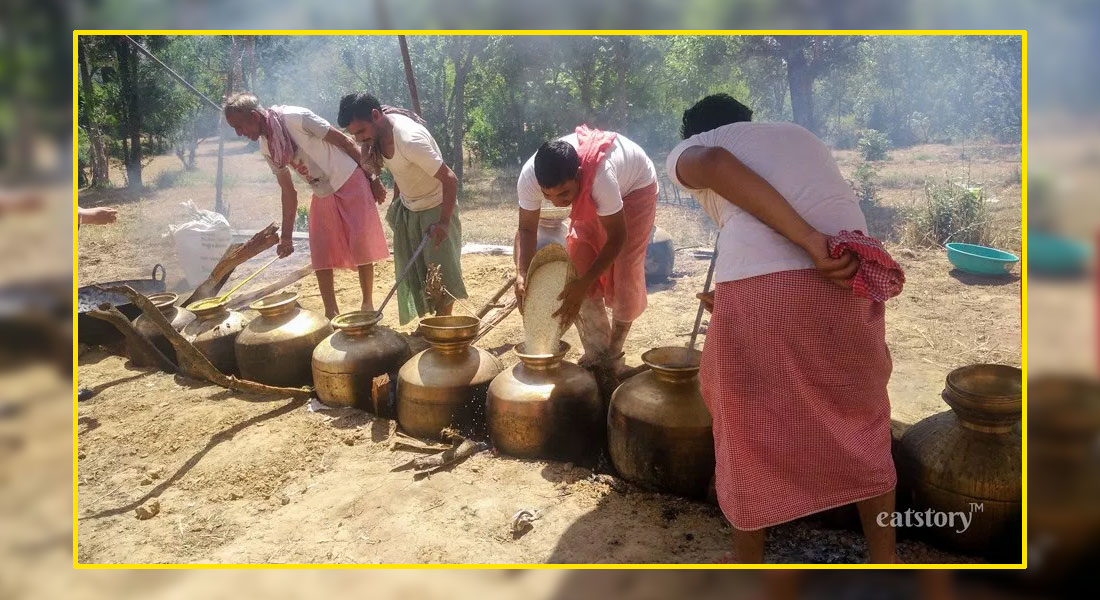
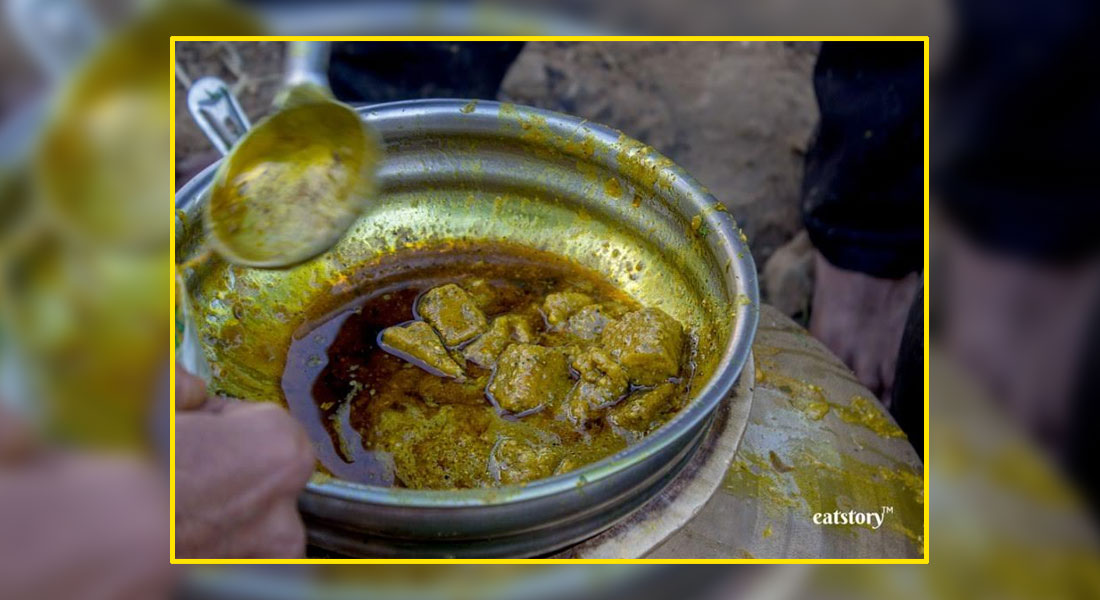

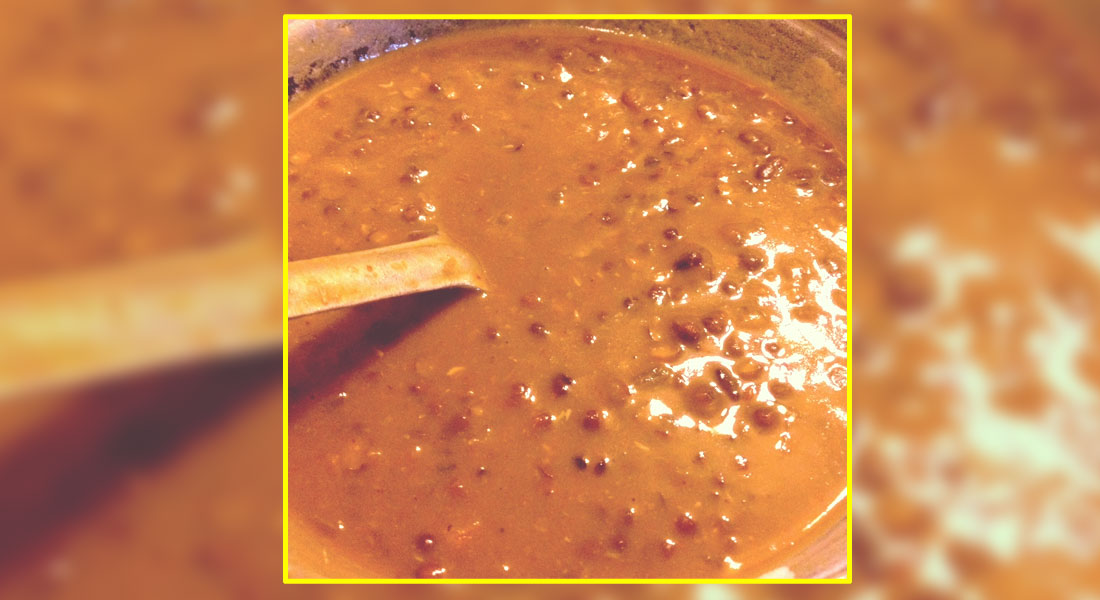
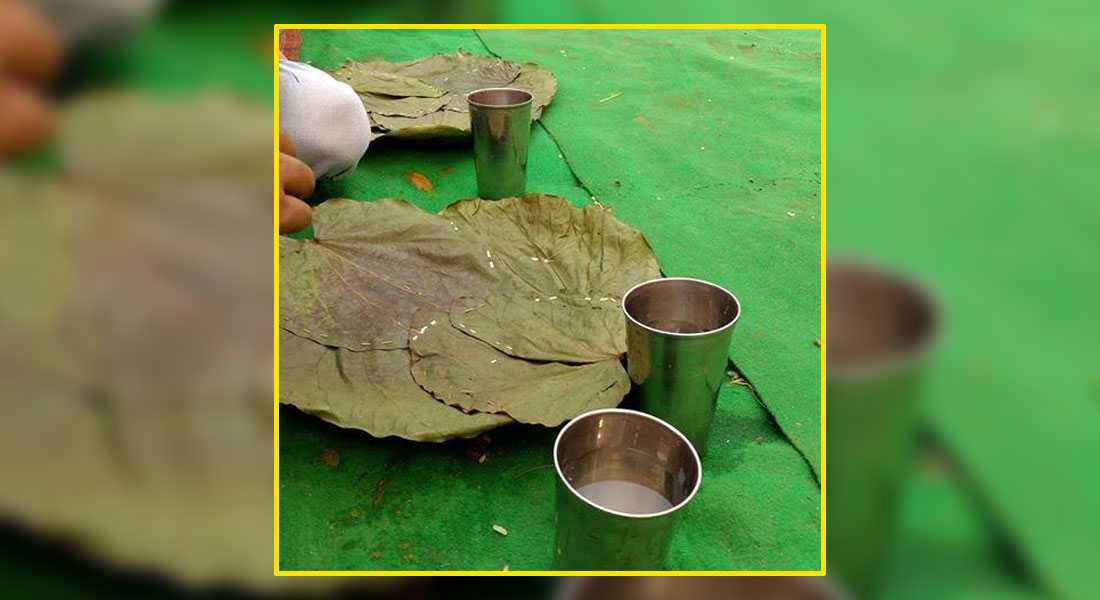



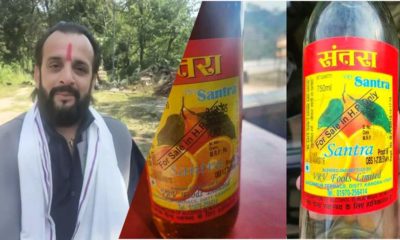

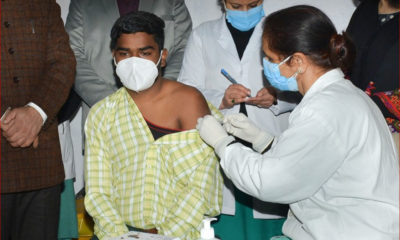







 Home Decor Ideas 2020
Home Decor Ideas 2020
